Honouring the past, preserving the present, and protecting the future.
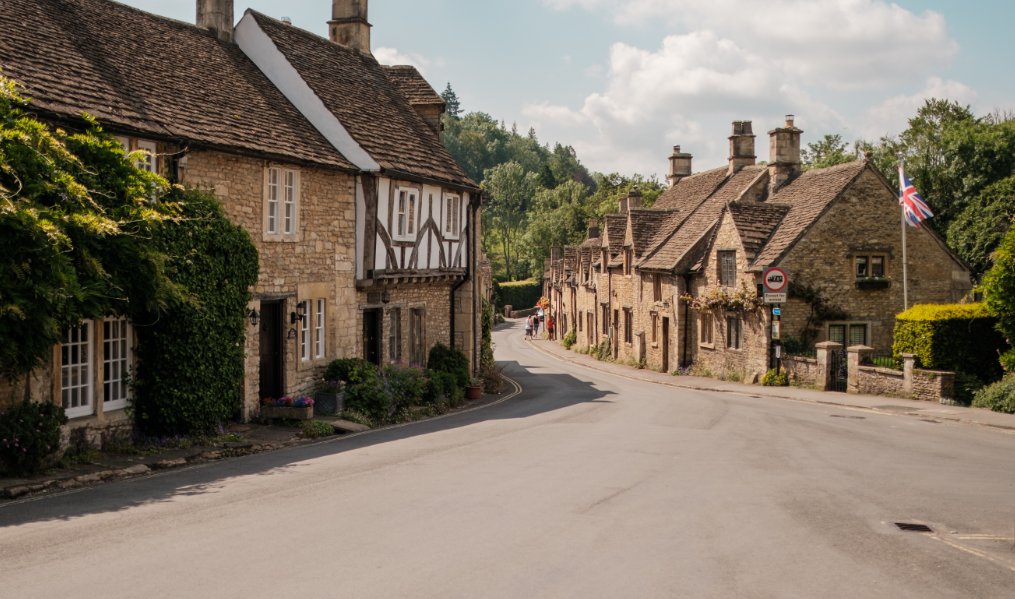

Owning a listed home is wonderful but you don’t only own a beautiful property; you are the custodian and guardian of a part of English history and heritage. If this sounds like a huge responsibility, don’t worry; it’s not as hefty an undertaking as it seems. You just need to follow certain guidelines and have the right information at your fingertips.

A listed building is of special architectural interest and/or historical significance. If you live in a Grade I, II or III listed property (A, B, or C listed property if you are in Scotland), it will have period features that usually make it clear if it is listed. Of course if you have recently bought the property, the agent or seller should have informed you of its heritage.
But did you know approximately 75% of 60,000 thatched buildings in England officially hold listed status?1 The quickest way to find out if your home is listed is through the British Listed Buildings website.
You may not be aware of the ‘ins’ and ‘outs’ of renovating, improving, or updating your home. Even minor changes, sometimes as small and seemingly insignificant as replacing or changing a key lock can need permission or at the very least, research into exactly what type of fitting you need to use to keep in line with regulations and requirements.
Unauthorised works to a listed building can result in criminal prosecution or a hefty fine and, at the very least, your Local Planning Authority can insist that works are reversed and the property is restored to its original condition – at your expense.
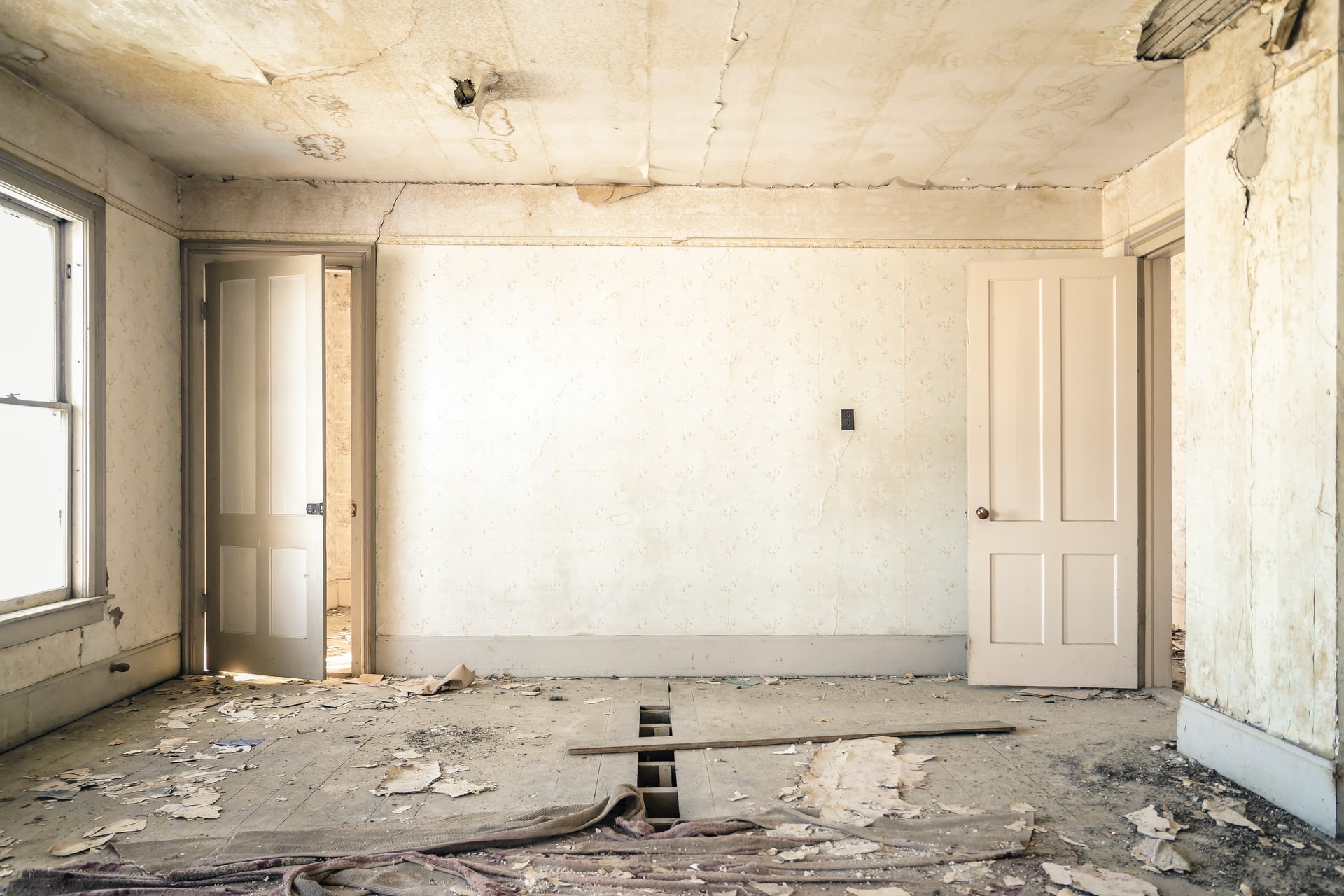
Small changes might need permission as they will affect the “special interest” of your building.
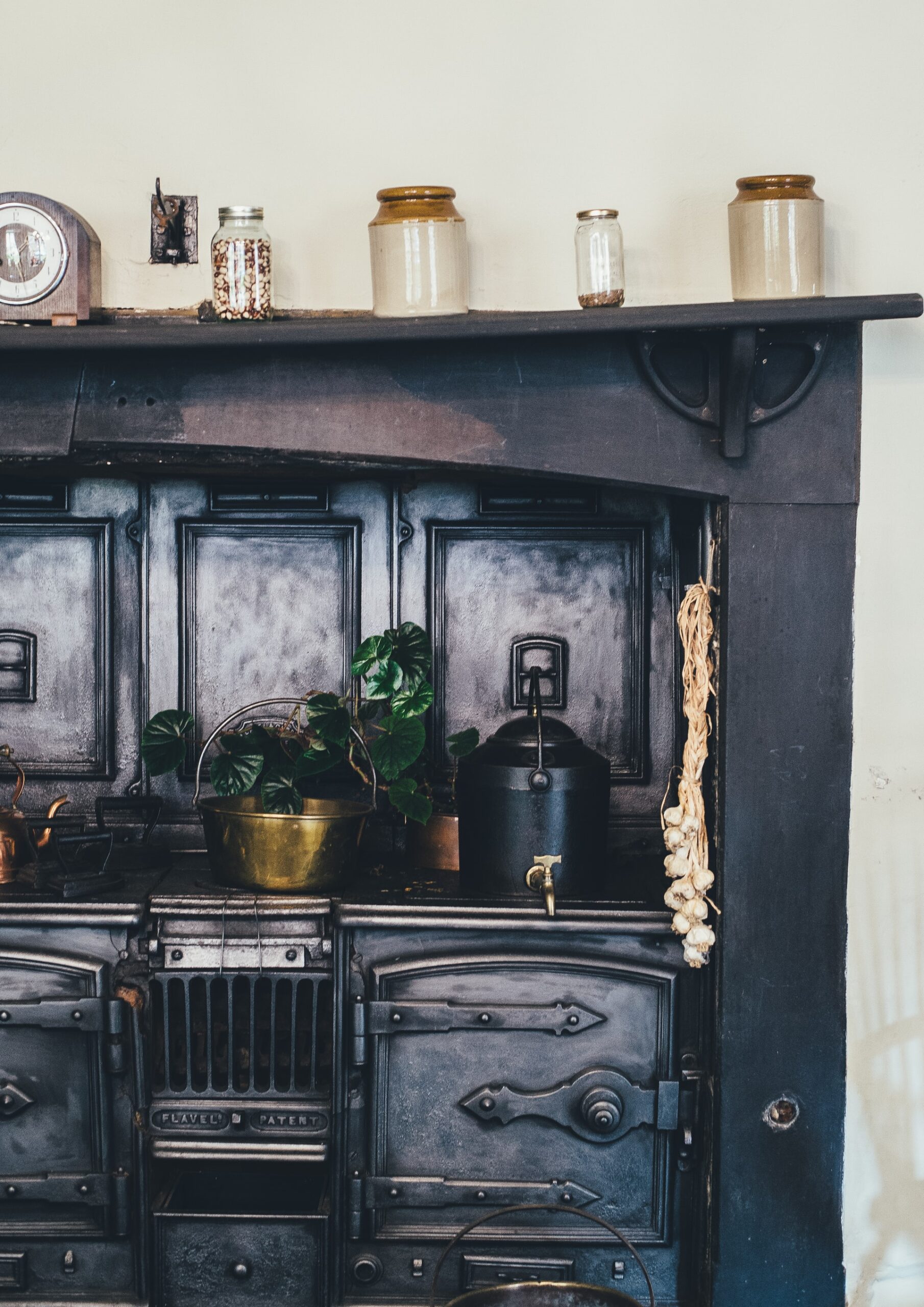
Separate buildings within the grounds of your property such as a coach house, a cottage, or an outbuilding also fall under the ‘listed buildings consent’ umbrella. Internal changes such as adding or removing a wall would also need permission.
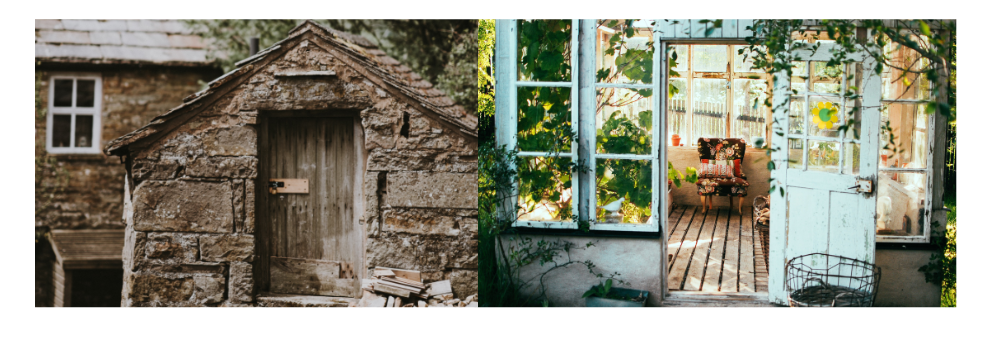
New kitchens, bathrooms, and even painting and decorating may need certain permissions as they could change the character of your listed home. Again, we recommend you contact your Local Planning Authority for advice.
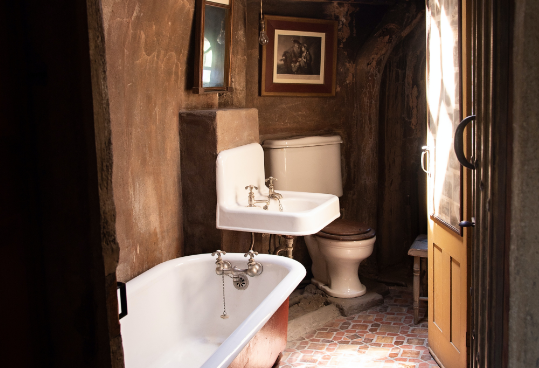
Renewable and green energy are the way forward, and if you can make use of this form of energy it will help save the environment and your pocket.
However, many Local Planning Authorities do not allow solar panels or turbines to be installed within the boundaries of your listed property, even under Permitted Development Rights (PDR)2.
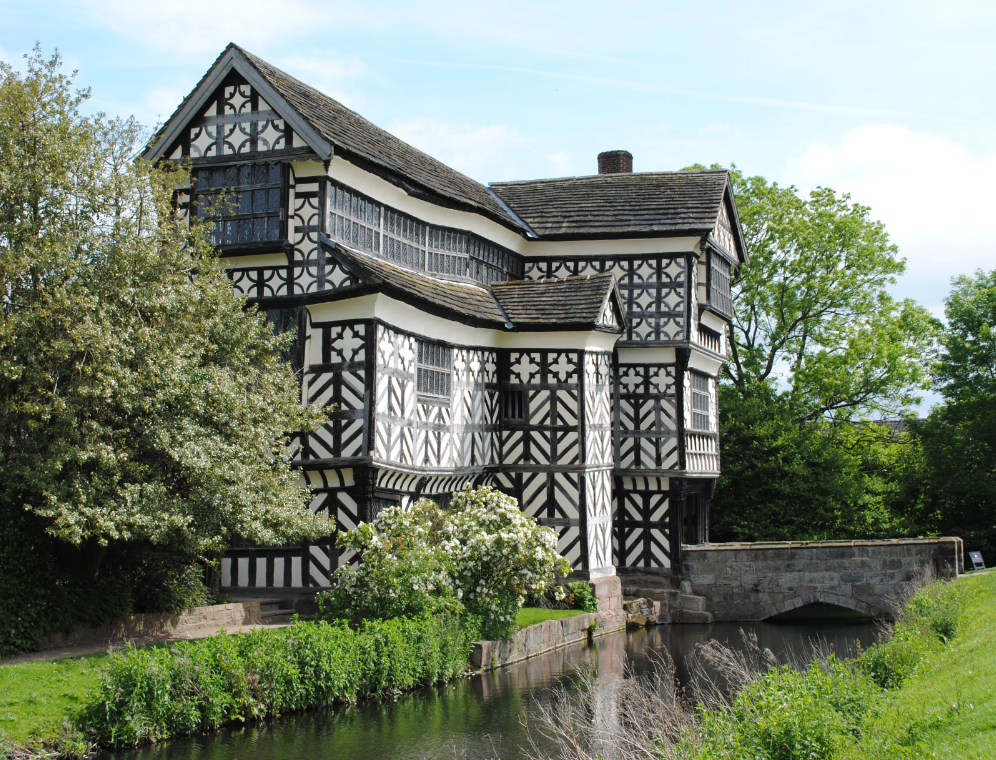
Just download an application form from your local authority’s website and take it from there. The great news is it’s free to apply, so if your application is rejected you won’t have lost money. You might lose money if you don’t ensure your plans are approved by your Local Planning Authority (LPA).
Great information and guidelines for planning your building projects can be found at the Planning Portal website.
Our team of experts are also a gold mine of information on property renovations and alterations, so you don’t get into an altercation with your LPA.
Email: listedops@lloydwhyte.com